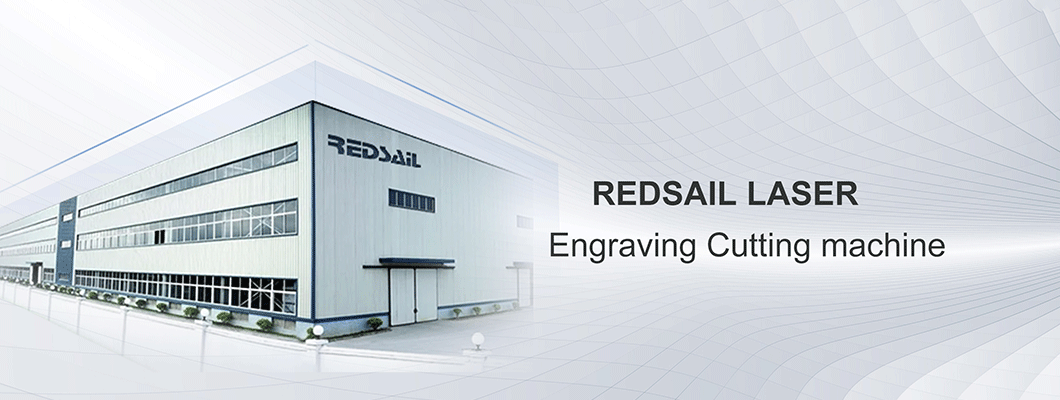
The quality of a laser cutting machine mainly depends on its cutting quality, which is the most direct method to check the quality of laser cutting machine equipment. For new customers, when purchasing equipment, they will be asked to first check the laser cutting machine proofing. In addition to the cutting speed of the equipment, proofing also depends on the cutting quality of the sample. So how to judge the cutting quality of a laser cutting machine? What should I pay attention to? The following large image of laser will provide you with a detailed introduction:
How to judge the cutting quality of laser cutting machines? The following nine standards are essential:
How to judge the cutting quality of a laser cutting machine
1、 Roughness: The laser cutting section will form vertical lines, and the depth of the lines determines the roughness of the cutting surface. The shallower the line, the smoother the cut surface. Roughness not only affects the appearance of edges, but also affects friction characteristics. In most cases, it is necessary to minimize roughness, so the shallower the texture, the higher the cutting quality.
2、 Perpendicularity: If the thickness of the sheet metal exceeds 10mm, the perpendicularity of the cutting edge is very important. When away from the focus, the laser beam becomes divergent, and the incision widens toward the top or bottom depending on the position of the focus. The cutting edge deviates by several millimeters from the vertical line. The more perpendicular the edge is, the higher the cutting quality will be.
3、 Cutting width: Generally speaking, the cutting width does not affect the cutting quality. Cutting width plays an important role only when particularly precise contours are formed inside the part. This is because the cutting width determines the minimum internal warpage of the profile. As the thickness of the sheet increases, the cutting width also increases accordingly. Therefore, in order to ensure the same high accuracy, the processing area of the laser cutting machine should be kept constant regardless of the cutting width.
4、 Grain pattern: When cutting thick plates at high speed, molten metal does not appear in the incision below the vertical laser beam, but will spray out at the rear of the laser beam. As a result, a curve is formed on the cutting edge and closely follows the moving laser beam. To correct this problem, reducing the feed speed at the end of the cutting process can greatly eliminate line formation.
5、 Burr: When forming a burr, determining the cutting quality of a laser cutting machine is a very important factor. Because the removal of burrs requires additional work, the severity and amount of burrs can directly determine the quality of laser cutting machines.
6、 Material deposition: Before the laser cutting machine starts to melt and perforate, a layer of oily special liquid is first touched on the surface of the workpiece. During the cutting process, due to gasification and the absence of various materials, the customer uses wind to remove the cut, but upward or downward discharge can also form deposits on the surface.
7、 Dents and corrosion: Dents and corrosion can adversely affect the surface of the cutting edge and affect its appearance. They occur among cutting errors that should normally be avoided.
8、 Heat affected area: In laser cutting, the area near the incision is heated. At the same time, the structure of the metal changes. For example, certain metals can harden. The heat affected zone refers to the depth of the area where the internal structure changes.
9、 Deformation: If the laser cutting machine sharply cuts and heats the part, it will deform; This is particularly important for fine machining, as the contours and connectors here are typically only a few tenths of a millimeter wide; Controlling laser power and using short laser pulses can reduce part heating and avoid deformation.

Leave a Comment